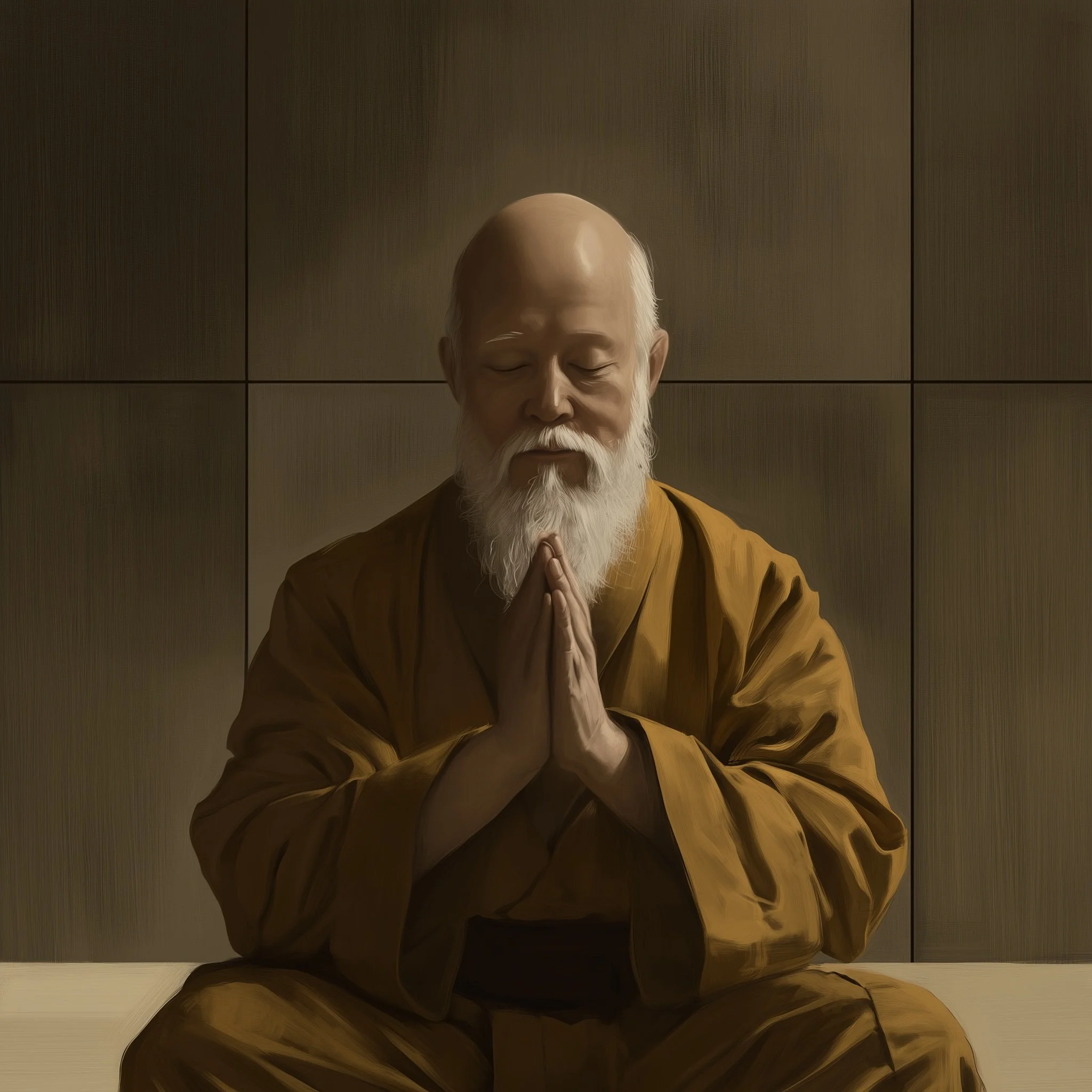Eastern Lenses on Consciousness-First Practice
JOURNAL ANNOTATIONS
520 words · 2 min readThis Journal Annotation was created for the Project Philosophy page. It extends The Dreamer Project’s framework by placing Eastern insights alongside the consciousness-first hypothesis.
Traditions dissolve into living tests. Their insights only matter if we practice them now — as design experiments in seeing the dream as dream.
Zen Buddhism, Advaita Vedanta, Taoism, Dzogchen—lineages that question the solidity of appearances and point to more fundamental awareness.
On Zen Buddhism. Zen pares things to direct experience through its seated meditation, zazen, and kōans. It doesn’t offer explanations so much as interrupt the need for them, landing you in bare awareness. In Dreamer terms, that’s a direct test of a Consciousness-First ∞ stance: treating perception itself as the field rather than a mere filter. “Sudden insight” echoes what I call The Place Before the Dream ∞—awareness prior to story.
On Advaita Vedanta. Advaita insists on nonduality—self and world as Brahman, ‘one without a second,’ with apparent division as māyā (appearance/illusion—the seeming separation, the ‘dream of separation’). The inquiry “Who am I?” parallels our experiment in remembering the Dreamer—a single, unbroken field of identity. In my lexicon, this aligns with the Conscious Essence of Oneness ∞—awareness aware of itself.
On Taoism. The Dao is the unnameable way behind appearances. Rigid grasping fails; practice is alignment (wu wei). This echoes what I call Attune ∞—adjusting perception until it resonates with the field beneath appearances. To “live the Dao” is to test whether loosening resistance allows a clearer flow through everyday life.
On Dzogchen. Dzogchen—the “Great Perfection” in the Nyingma tradition—points directly to primordial awareness (rigpa). Awareness is already complete; it needs recognition, not construction. This resonates with my description of Release ∞: letting the ego-generated scene fall away so awareness abides as itself. Awakening isn’t an acquisition but a return.
Why they matter. Without collapsing differences, these traditions converge on a live claim: appearances are less solid than assumed, and direct recognition is possible. Where Stoic Idealism ∞ offers scaffolding, Zen/Advaita/Taoism/Dzogchen embody the dissolving—training us to see the dream as dream and rest in awareness.
Looking forward. The Dreamer Project builds on these legacies in a secular, design-driven way. The aim isn’t to re-teach the traditions but to test them as Up-Layering ∞ tools—added atop existing beliefs—so people can try the hypothesis that consciousness comes first. The broader vision is a Creative Consciousness Study ∞: a shared exploration that gathers practical outcomes from acting as if reality is, in some meaningful sense, dreamlike.
Further Reading.
Bibliothèque: Dōgen, Shōbōgenzō — practice-as-awakening, presence beyond doctrine
Laozi, Tao Te Ching — the Tao as unnameable source, perception aligned with flow
Upanishads — early Advaita texts, the self as Brahman
Ramana Maharshi, Talks with Sri Ramana Maharshi — inquiry into “Who am I?”
Longchenpa, The Precious Treasury of the Way of Abiding — articulation of rigpa as ever-present awareness
Meta Note
This page is a living document. Last updated: New post.
Connection: Extends the Project Philosophy page by mapping Zen, Advaita, Taoism, and Dzogchen onto the Dreamer Project’s consciousness-first framework.
